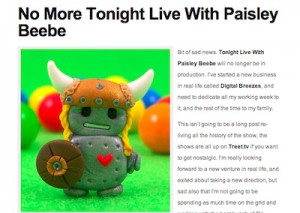 Virtual worlds TV host Paisley Beebe has announced the cessation of her long-running show Tonight Live. Citing the need to devote more time to her newly established physical world business and family, Beebe won’t be making any further shows. I asked her why:
Virtual worlds TV host Paisley Beebe has announced the cessation of her long-running show Tonight Live. Citing the need to devote more time to her newly established physical world business and family, Beebe won’t be making any further shows. I asked her why:
Oh I hate farewells, I’m no good at them…I always stuff it up. Happy to just transition quietly 🙂 sort of…
It’s a shame to see new mediums like this disappear, and it also emphasises how they’re still a long way off being a financially viable option if you’re needing actual income. Have a read of Paisley’s farewell here. For some reminiscing, you can view my 2008 interview here or a 2011 one I wrote for ABC Technology here.


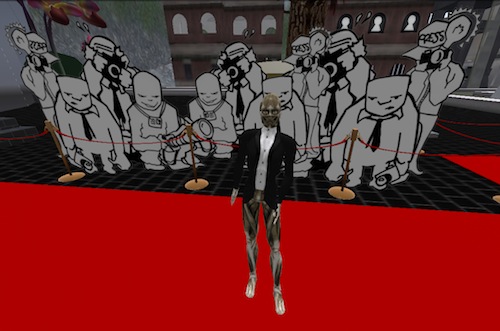


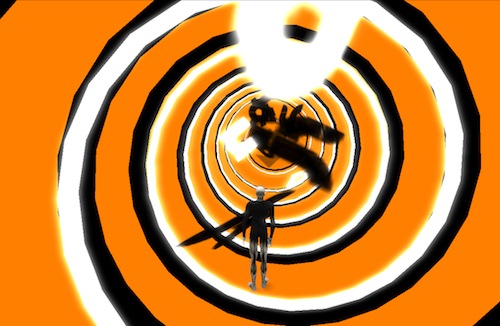


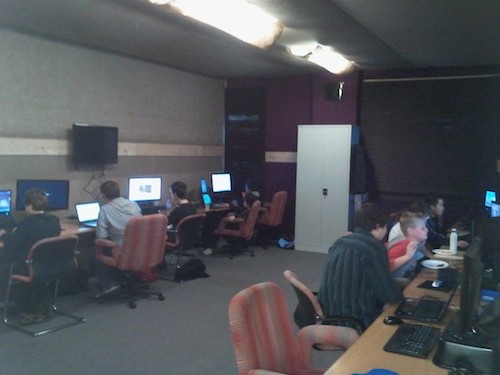
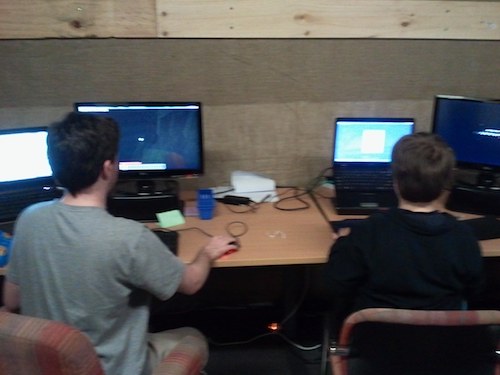


Recent Comments